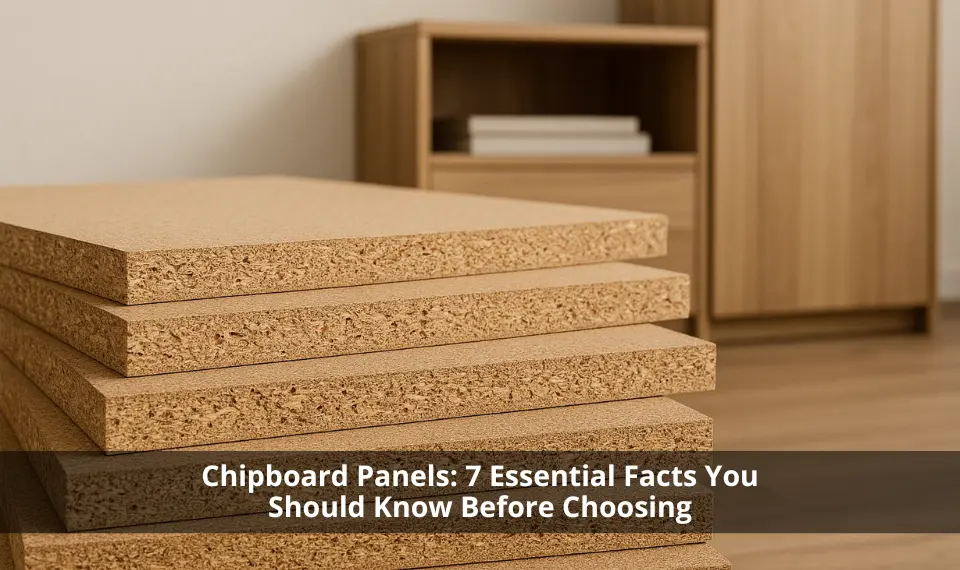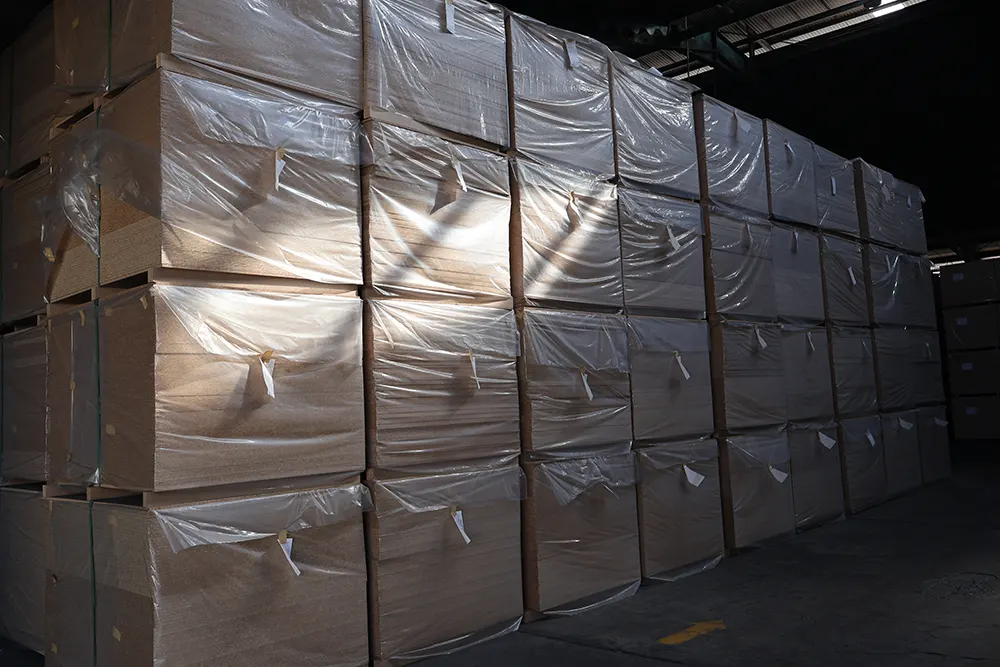Chipboard panels are one of the most popular engineered wood products in construction and furniture manufacturing. Known for their affordability and versatility, chipboards are often used for interior applications like cabinetry, shelving, and flat pack furniture.
But what exactly are chipboard panels, and how do they compare to other wood based materials?
1. What Are Chipboard Panels?
Chipboard, also known as particle board, is made from tiny wood particles, sawdust, and shavings that are compressed and bonded with resin under high pressure and heat.
Key features:
- Smooth and even surface
- Easy to cut and shape
- Lightweight compared to solid wood
2. Common Uses of Chipboard Panels
Chipboard panels are widely used in:
- Kitchen cabinets
- Wardrobes and dressers
- Shelving units
- Flooring underlay
- Wall paneling (non-load bearing)
Their cost effectiveness makes them ideal for mass production and temporary structures.
3. Chipboard Grades and Types
Chipboards come in various grades depending on density and moisture resistance:
- Standard Chipboard: For dry areas and indoor use
- Moisture Resistant (MR) Chipboard: Green-tinted, used in humid environments
- Fire-Retardant Chipboard: Treated to resist fire spread
- Melamine Faced Chipboard (MFC): Coated with a decorative laminate for enhanced look
4. Advantages of Chipboard Panels
Here are some reasons why chipboards are a favorite in furniture and building projects:
- Affordable: Much cheaper than plywood or MDF
- Eco-friendly: Made from recycled wood materials
- Easy to finish: Can be painted, laminated, or veneered
- Stable: Uniform thickness and density
5. Limitations to Consider
Despite the benefits, chipboards also have a few limitations:
- Weak water resistance: Especially in standard grade
- Lower structural strength: Not suitable for heavy loads
- Prone to chipping: Especially on the edges if not sealed properly
6. How Chipboard Compares to Other Panels
| Property | Chipboard Panels (Standard / Laminated) | MDF | Plywood |
|---|---|---|---|
| Cost | Low / Moderate | Moderate | High |
| Strength | Moderate / Improved with lamination | High | Very High |
| Water Resistance | Low / Better with coating | Better (with sealant) | High (with treatment) |
| Surface Smoothness | Good / Excellent with melamine | Excellent | Varies |
| Strength | Moderate | High | Very High |
| Water Resistance | Low (standard type) | Better (with sealant) | High (with treatment) |
| Surface Smoothness | Good | Excellent | Varies |
| Finishing Options | Paint, laminate | Paint, veneer | Stain, veneer |
7. Tips for Working with Chipboard
If you’re planning to use chipboard for a project, keep these tips in mind:
- Use sharp blades when cutting to avoid rough edges
- Seal edges to prevent moisture absorption
- Always use appropriate screws (chipboard screws recommended)
- Apply edge banding for a clean finish
Choosing Reliable Chipboard Suppliers
To get the most out of your chipboard panels, always source them from trusted manufacturers with a reputation for quality and consistency.
Looking for Reliable Chipboard Panels?
If you’re planning a furniture or interior project, chipboard panels are the smart and cost effective choice. And when it comes to reliable supply, PT. Rimba Partikel Indonesia (RPI) is your go to partner.
RPI delivers high quality particle boards made to Japanese standards, with excellent durability and proven resistance to termites perfect for both residential and commercial use.
Interested in chipboard panels by RPI? Contact us today via Email: admin-rpi@rimbapartikel.com or WhatsApp: +62 811-2679-094 and get FREE project consultation from our experienced marketing team!
FAQ: Chipboard Panels Explained
1. Are chipboard panels eco-friendly?
Answer: Yes, they are made from recycled wood waste and by products, making them a sustainable option.
2. Can chipboard be used in bathrooms or kitchens?
Answer: Moisture resistant chipboard (MR) is suitable for humid environments, but always ensure proper sealing and finishing.
3. What’s the difference between chipboard and MDF?
Answer: MDF has finer particles and a smoother surface, offering better strength and finish, but at a higher cost compared to chipboard.
Conclusion
Chipboard panels are an affordable, versatile, and eco friendly solution for a wide range of applications. Whether you’re building furniture or doing a home project, knowing the strengths and limitations of chipboard helps you make smarter material choices.
Choose the right grade, finish properly, and source from trusted suppliers like PT. Rimba Partikel Indonesia for best results.


